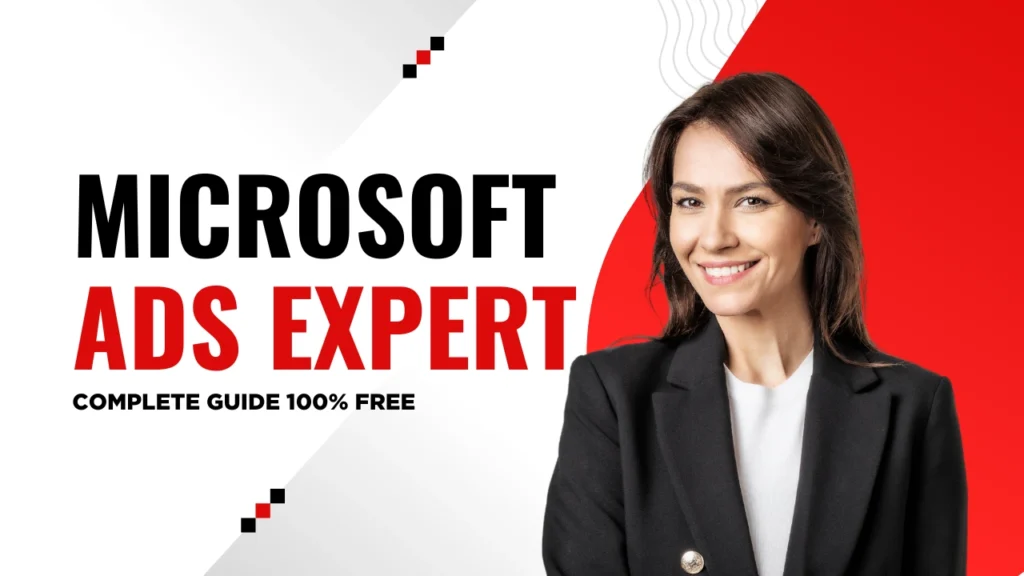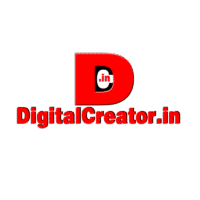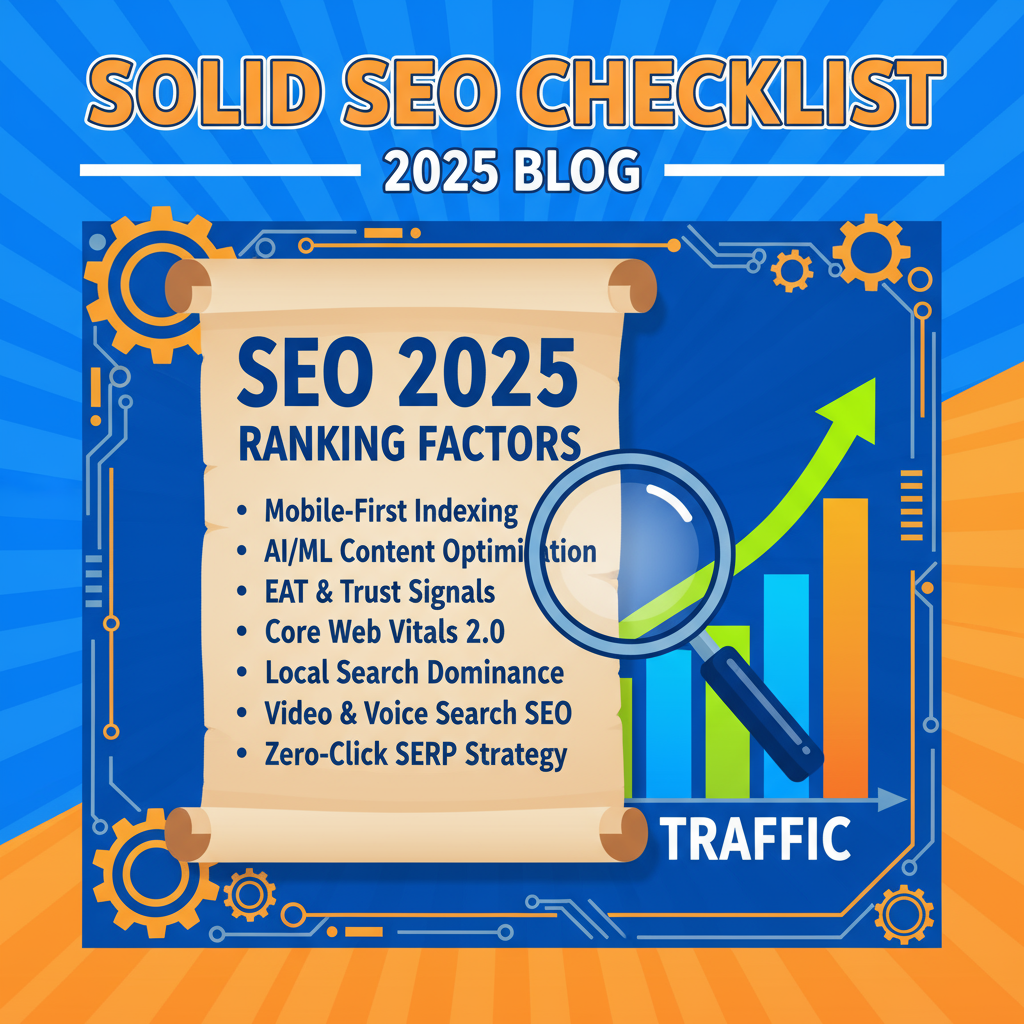While Google commands the lion’s share of search advertising, Microsoft Advertising (formerly Bing Ads) remains the stealth giant of PPC. It offers a unique, high-value audience, significantly lower competition, and powerful, exclusive targeting features—most notably the integration of LinkedIn data. For any business seeking efficiency, B2B precision, or less competitive retail traffic, Microsoft Ads is an indispensable part of a full-funnel digital strategy.
This guide provides a detailed blueprint for campaign setup, advanced optimization, and leveraging Microsoft’s unique features.

Index (Table of Contents)
1. The Microsoft Advertising Landscape & Unique Value
1.1. Core Reach: Search, Display, and Native Networks
1.2. The Audience Advantage: Demographics and Intent
1.3. Seamless Google Ads Import (The Quick Start)
2. Foundation Setup: Tracking and Account Structure
2.1. Installing the Universal Event Tracking (UET) Tag
2.2. Conversion Goal Setup and Offline Data Import
2.3. Campaign Structure Best Practices (Thematic Grouping)
3. Core Campaign Types and Objectives
3.1. Search Campaigns: Capturing High-Intent Traffic
3.2. Shopping Campaigns (Retail): Maximizing Product Visibility
3.3. Dynamic Search Ads (DSA): Automated Keyword Discovery
3.4. Performance Max: AI-Driven Cross-Channel Automation
4. Advanced Targeting & The LinkedIn Integration (Exclusive Edge)
4.1. Microsoft Audience Network (MSAN): Native Display Reach
4.2. LinkedIn Profile Targeting (B2B Powerhouse)
4.3. In-Market and Custom Audience Segments
4.4. Remarketing Strategy: UET-Based Retargeting
5. Ad Creation and Enhancement
5.1. Responsive Search Ads (RSAs): The Default Format
5.2. Maximizing Ad Extensions for Prominence
5.3. Multimedia Ads: Leveraging Visuals in Search
6. Bidding, Optimization, and Scaling
6.1. Smart Bidding Strategies (Target CPA, Target ROAS)
6.2. Adjusting Bids by Device, Location, and Time of Day
6.3. Using Campaign Experiments for A/B Testing
6.4. Quality Score and Ad Relevance
1. The Microsoft Advertising Landscape & Unique Value
1.1. Core Reach: Search, Display, and Native Networks
Microsoft Advertising extends far beyond just Bing. The network includes search results on Yahoo!, DuckDuckGo, and AOL, as well as the Microsoft Audience Network (MSAN), which serves native and display ads across premium properties like MSN, Outlook, Microsoft Edge, and third-party publisher sites. This ecosystem ensures substantial reach, particularly among older, higher-income demographics often missed by competitors.
1.2. The Audience Advantage: Demographics and Intent
The Microsoft audience generally exhibits:
- Higher Age & Income: They skew slightly older and have higher household incomes, making them ideal targets for high-value services and luxury retail.
- Lower Competition: With fewer advertisers bidding, Costs Per Click (CPC) and Costs Per Acquisition (CPA) are often significantly lower than on Google Ads.
- B2B Intent: The direct integration with LinkedIn data provides an unparalleled ability to target business professionals.
1.3. Seamless Google Ads Import (The Quick Start)
One of the best features for new users is the ability to directly import existing Google Ads campaigns. This saves countless hours, allowing you to quickly port over keywords, ad copy, and campaign structures, and immediately begin gathering data on the Microsoft network.
2. Foundation Setup: Tracking and Account Structure
2.1. Installing the Universal Event Tracking (UET) Tag
The UET tag is Microsoft’s equivalent of the Google Tag or Meta Pixel. It is a single code snippet required on every page of your website.
- Function: It records user activity, allowing you to track conversions, build audience lists for remarketing, and inform Microsoft’s AI bidding strategies.
2.2. Conversion Goal Setup and Offline Data Import
Define specific conversion goals (e.g., Lead Form Submission, Purchase, Phone Call) within the platform using the UET tag.
- Offline Conversions: For B2B or high-value sales, you can import offline sales and lead status data from your CRM. This ensures the bidding algorithms optimize for sales-qualified leads or actual revenue, not just form submissions.
2.3. Campaign Structure Best Practices (Thematic Grouping)
A well-structured account is paramount for quality score and control.
- Granular is Good: Organize campaigns by business goal (e.g., Retail – Shoes, B2B – Lead Gen) and Ad Groups by tight, thematic clusters of keywords (e.g., Red Running Shoes).
- SKAG (Single Keyword Ad Groups): While evolving with RSAs, having tightly themed Ad Groups with 10-20 highly related keywords remains the best way to ensure high Ad Relevance and Quality Scores.
3. Core Campaign Types and Objectives
3.1. Search Campaigns: Capturing High-Intent Traffic
These are the backbone of most accounts, showing text ads in search results.
- Goal: Drive conversions and qualified website traffic.
- Formats: Responsive Search Ads (RSAs) and Expanded Text Ads (ETAs – still supported but being phased out).
3.2. Shopping Campaigns (Retail): Maximizing Product Visibility
Essential for e-commerce, these campaigns display visually rich product listings with pricing, images, and merchant info.
- Setup: Requires a Microsoft Merchant Center (MMC) account and a product feed.
- Smart Shopping: Microsoft’s automated version that allocates budget across Search, MSAN, and other properties to maximize ROAS.
3.3. Dynamic Search Ads (DSA): Automated Keyword Discovery
DSAs generate ad headlines dynamically based on the content of your landing pages and the search query.
- Use Case: Excellent for websites with large product/service inventories, or for discovering new, long-tail keywords you haven’t explicitly targeted.
3.4. Performance Max: AI-Driven Cross-Channel Automation
Microsoft’s version of the automated, goal-based campaign.
- Function: Uses AI to deliver ads across Search, MSAN, Shopping, and Video networks to maximize conversions based on your set goal (Target CPA or ROAS).
- Pro Tip: Use Search Themes to guide the AI with intent signals and ensure brand safety.
4. Advanced Targeting & The LinkedIn Integration (Exclusive Edge)
4.1. Microsoft Audience Network (MSAN): Native Display Reach
MSAN allows you to extend your search messaging into native, content-based placements.
- Formats: Single Image, Multi-Image Carousel, and Video Ads.
- Advantage: Target users based on search intent and follow them natively across premium sites, increasing brand awareness and reducing ad fatigue.
4.2. LinkedIn Profile Targeting (B2B Powerhouse)
This is Microsoft Advertising’s most potent differentiator for B2B marketers. You can target search and native ads based on a professional’s LinkedIn profile data:
- Job Function: (e.g., Marketing, Engineering)
- Industry: (e.g., Software, Financial Services)
- Company: (Specific company names for Account-Based Marketing)
- Seniority Level: (e.g., Director, VP, C-Level)
- Application: Apply these as bid modifiers in Search campaigns (e.g., +25% bid for “C-Level Executive” searching your keywords) or as core targeting in Audience Ads.
4.3. In-Market and Custom Audience Segments
- In-Market Audiences: Microsoft pre-builds segments of users showing purchase intent signals for specific categories (e.g., “In-Market for Accounting Software”).
- Custom Audiences: Upload your email lists (hashed for privacy) to target or exclude specific customer segments.
4.4. Remarketing Strategy: UET-Based Retargeting
Create audience lists based on UET events (e.g., “Visited Pricing Page,” “Abandoned Cart”). Use these lists to run high-impact, limited-time offers to bring back users who have already shown interest.
5. Ad Creation and Enhancement
5.1. Responsive Search Ads (RSAs): The Default Format
RSAs allow you to provide up to 15 headlines and 4 descriptions. Microsoft’s machine learning then mixes, matches, and optimizes these assets to show the most relevant combination to the user’s search query.
- Best Practice: Write diverse headlines covering keywords, unique selling propositions (USPs), price points, and strong Calls-to-Action (CTAs).
5.2. Maximizing Ad Extensions for Prominence
Ad extensions are crucial for increasing Ad Rank and Click-Through Rate (CTR).
- Sitelink Extensions: Drive users to specific pages (e.g., Pricing, Contact Us, Blog).
- Callout Extensions: Highlight unique benefits (e.g., Free Shipping, 24/7 Support).
- Structured Snippets: Showcase categories of information (e.g., Service tiers, Brands, Courses).
- Image Extensions: Display relevant, high-quality visuals alongside your search ad to dominate screen real estate.
5.3. Multimedia Ads: Leveraging Visuals in Search
These are visually striking, large-format ads that appear on the right rail or main search results.
- Requirement: High-resolution lifestyle or product imagery.
- Benefit: They draw the eye and dramatically increase CTR in an otherwise text-heavy environment.
6. Bidding, Optimization, and Scaling
6.1. Smart Bidding Strategies (Target CPA, Target ROAS)
Leverage Microsoft’s AI to manage bids in real time.
- Target CPA (Cost Per Acquisition): Microsoft optimizes bids to achieve your desired average cost per conversion. Great for lead generation.
- Target ROAS (Return On Ad Spend): Microsoft optimizes to achieve your desired revenue return for every dollar spent. Essential for e-commerce.
- Manual CPC: Use only when starting out or when you need tight control over very low-volume, high-value keywords.
6.2. Adjusting Bids by Device, Location, and Time of Day
Analyze performance reports and apply bid adjustments to maximize efficiency.
- Device: If desktop conversions are 30% cheaper than mobile, set a +20% bid adjustment for desktop.
- Location: Bid higher in high-value geographical areas or corporate hubs.
- Audience: Bid adjustments are key when layering LinkedIn data. Bid significantly higher for C-level executives for a B2B product.
6.3. Using Campaign Experiments for A/B Testing
Microsoft’s Experiments feature allows you to test changes (e.g., a new bidding strategy, new ad copy) on a percentage of your traffic without disrupting the main campaign. This is the safest way to iterate and scale successful changes.
6.4. Quality Score and Ad Relevance
Microsoft’s Quality Score (from 1 to 10) dictates your ad rank and CPC. To maintain a high score:
- Ensure keyword-to-ad copy relevance is tight (the keyword should appear in the ad copy).
- Ensure a fast, relevant landing page experience that fulfills the ad’s promise.
- Maintain a high expected Click-Through Rate (eCTR) by continuously testing and improving ad copy and extensions.
🔹 Focus Keywords
- Microsoft Advertising
- Microsoft Ads
- Bing Ads
- Microsoft Ads Guide
- Microsoft Advertising Tips
- Microsoft Ads Campaign Optimization
- Microsoft Ads vs Google Ads
- Bing Advertising Strategy
- Microsoft Ads Tutorial









